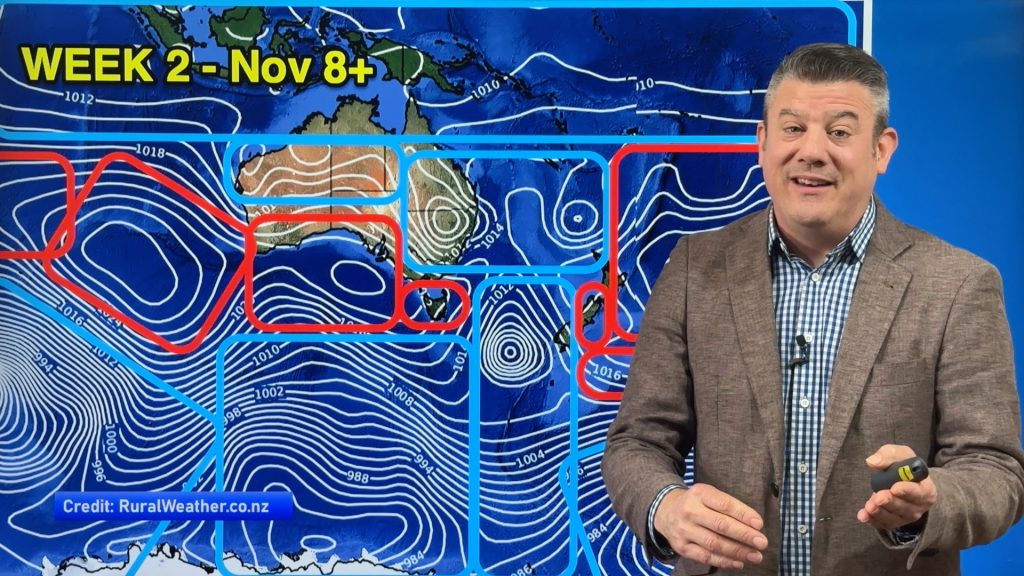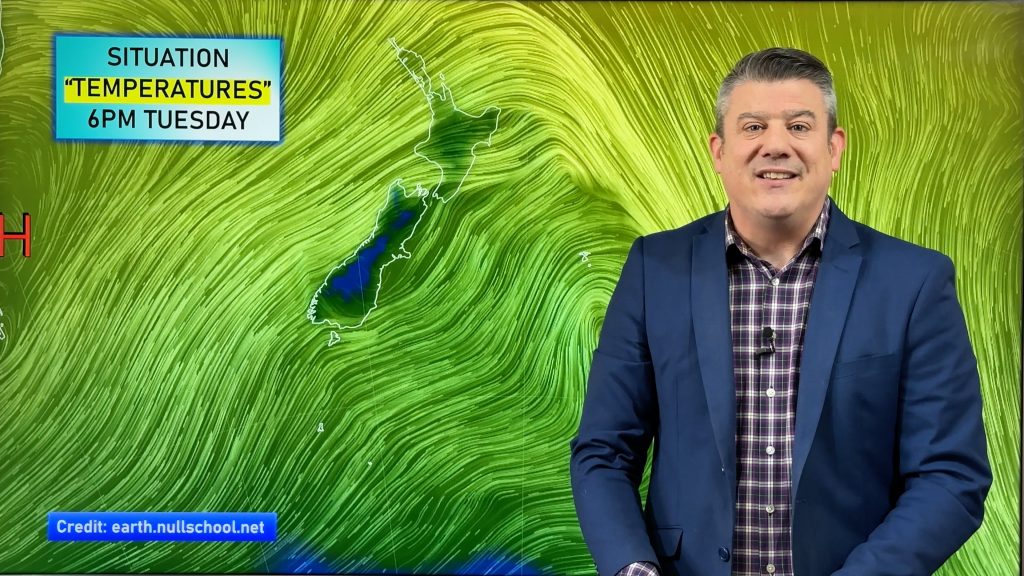Astronomers: Billions of “super-Earths” in habitable zone of red dwarf stars
29/03/2012 7:00am

> From the WeatherWatch archives
If you’re trying to count how many planets could be candidates for harboring life in our galaxy, this might blow your mind: Scientists now say there could be billions of them.
Astronomers working with the European Southern Observatory’s (ESO) HARPS instrument estimate that in our galaxy, there are tens of billions of rocky planets not so much bigger than Earth orbiting red dwarf stars within the habitable zones of those relatively cool stars. A habitable zone is the area in a star system where liquid water can exist on a planet’s surface without boiling away or staying frozen.
Specifically, the planets that have astronomers so excited are called super-Earths, meaning they can have up to 10 times more mass than our planet. That’s important distinction because some scientists believe these super-Earths have a better chance of being habitable than planets about the size of our Earth.
While scientists have previously concluded that every star in the Milky Way has at least one planet in orbit around it, this is the first time they’ve been able to get a good count of just how many super-Earths might exist.
Still, scientists haven’t concluded what “habitable” means in this context. Sara Seager, a professor of planetary science and physics at Massachusetts Institute of Technology, told CNN in an e-mail that while the ESO result is exciting, there’s a lot more work to be done. Since a super-Earth would likely have a more massive atmosphere than Earth, such a planet would be much hotter than Earth and liquid water on the surface might not be possible.
Xavier Bonfils, of the Observatoire des Sciences de l’Univers de Grenoble, France, said in a release that these new observations indicate that 40% of all red dwarfs have rocky planets orbiting in their habitable zones. Our own sun is a hotter G V, or yellow dwarf, star and is more than twice as massive as a red dwarf.
Because about 80% of stars in the Milky Way are red dwarfs (also referred to as M-class stars), this leads to the conclusion that tens of billions of rocky planets exist in habitable zones in our galaxy. The Jupiters and Saturns of the galaxy, which are more massive and gaseous giants, are more rare around red dwarfs.
A lot of these promising planets are relatively nearby neighbors. The estimates suggest that there are 100 super-Earths in habitable zones around stars 30 light years or less from us.
Seager says having a quantitative estimate of the number of red dwarfs is a “great stride” in the science of exoplanets.
“We are sure, though, that because there are billions of stars in our galaxy alone, and because planet formation is a random process, many stars will end up with potentially habitable planets,” she said.
The next step for the ESO team is to identify more super-Earths using both the current HARPS as well as other instruments, to study their atmospheres, and to search for life.
Photo by CNN
Story by Elizabeth Landau and Sophia Dengo/CNN.com
Comments
Before you add a new comment, take note this story was published on 29 Mar 2012.






Add new comment